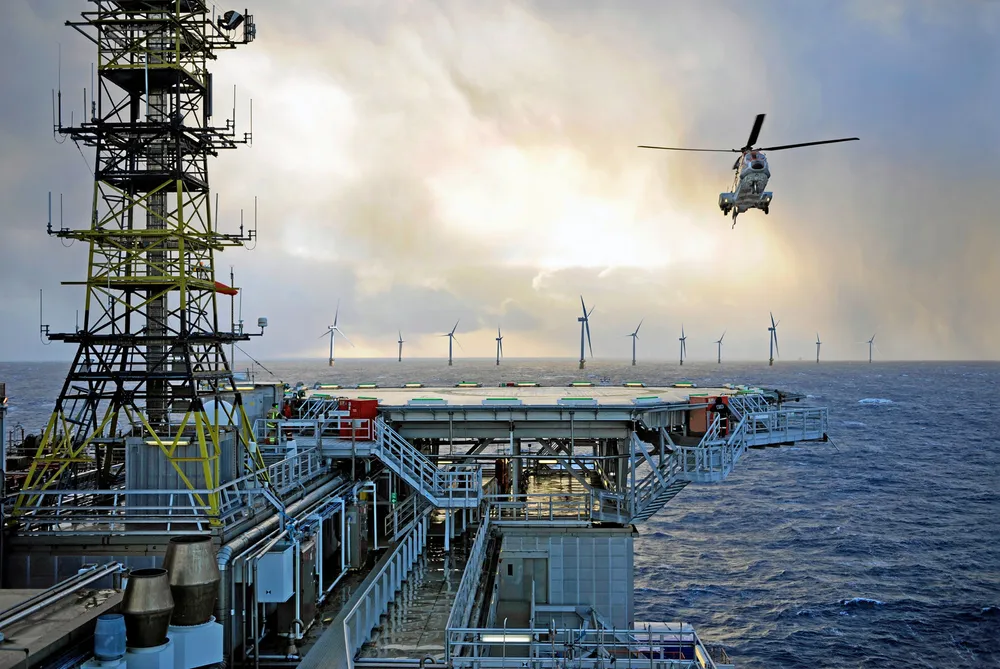Norway's oil and gas industry targets tax breaks for wind energy
Proposal could face headwinds in parliament as nation readies offshore areas for renewables development

Proposal could face headwinds in parliament as nation readies offshore areas for renewables development
